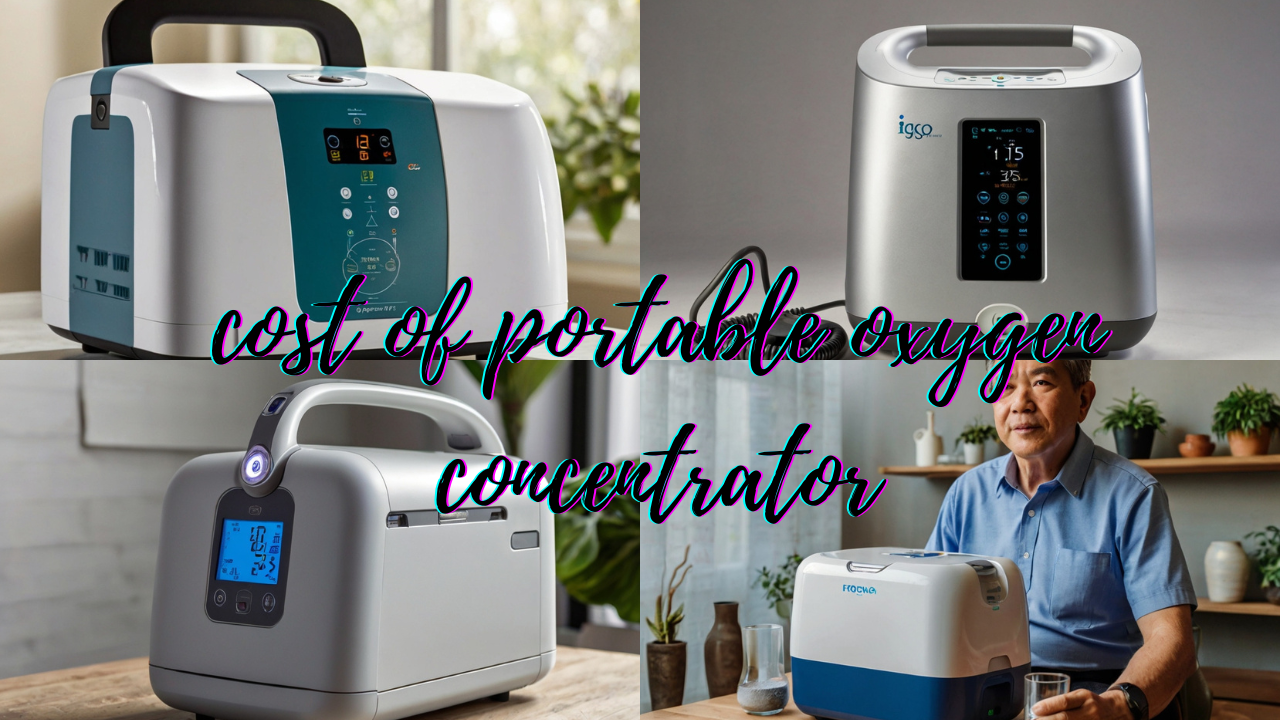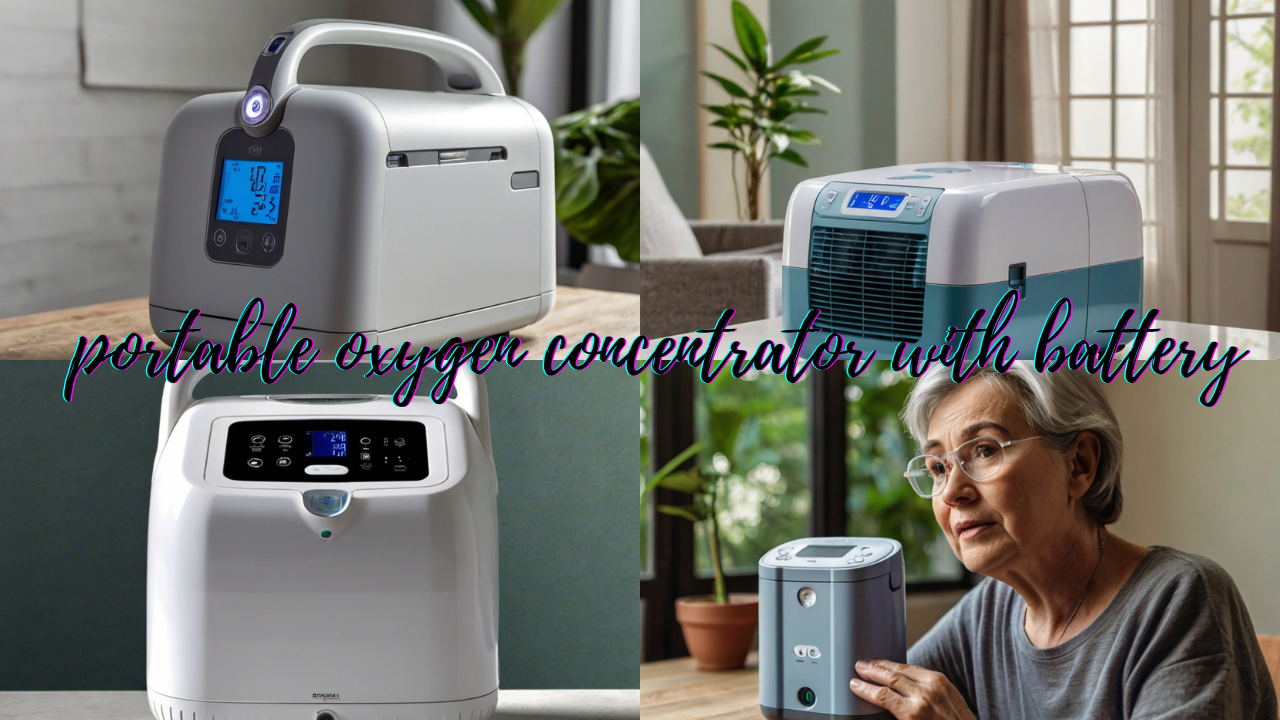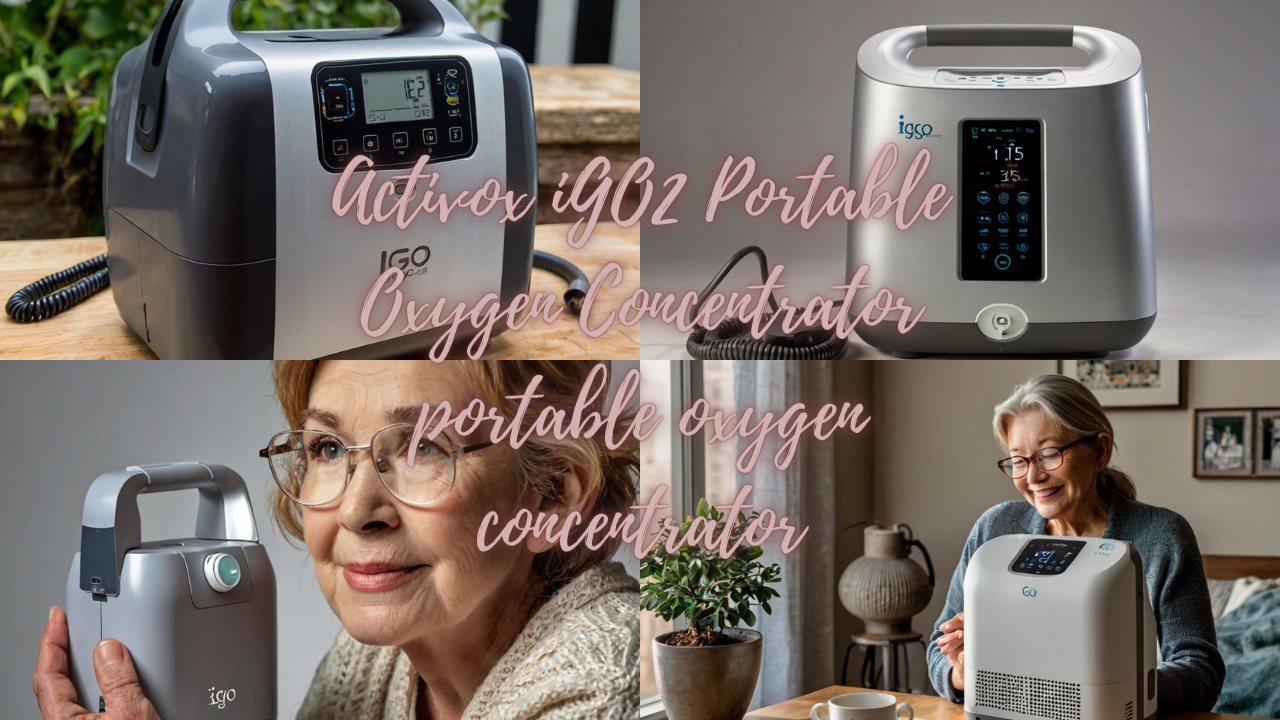People with breathing problems that make it hard to breathe properly need portable oxygen tanks more than anything else. Because they are easy to use, they make getting extra oxygen easy, so you can keep living a busy life and do daily things outside the home.
But to use a portable oxygen tank safely and effectively, you must know how to do it right. This detailed guide will give you all the information you need to use your portable oxygen tank confidently.
Understanding Portable Oxygen Tanks
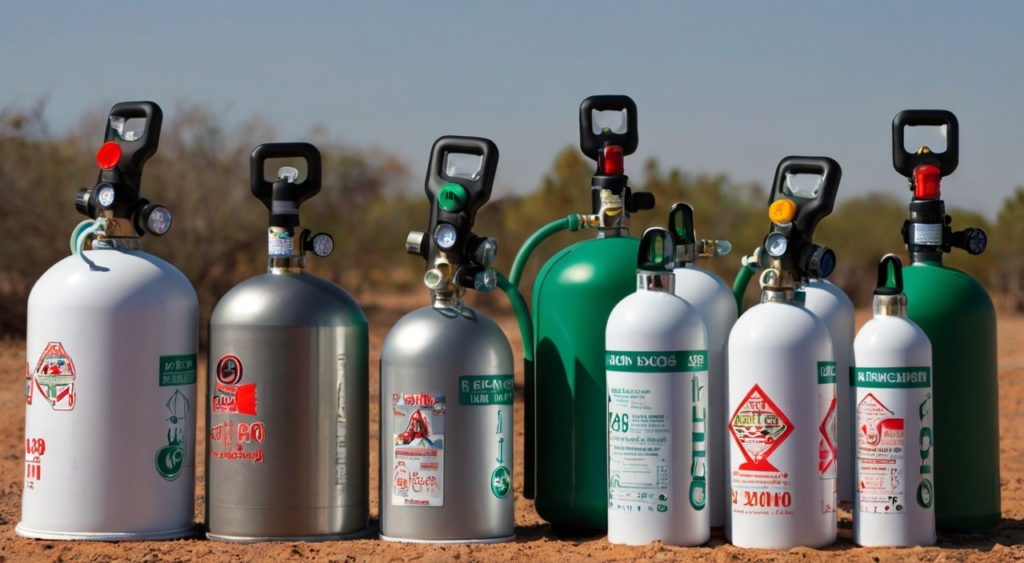

A portable oxygen tank is a metal cylinder with high pressure that holds compressed oxygen. There is a regulator attached to it. This device lowers the pressure and manages the oxygen flow through the tube. The oxygen is then given to the person using a face mask, nasal cannula, and tubes with prongs in the nose.
Types of Portable Oxygen Tanks:
- Compressed Gas Cylinders: These are the most common type and are available in various sizes depending on the required oxygen flow rate and duration of use.
- Liquid Oxygen Tanks: These hold a larger amount of oxygen in liquid form, offering extended use but requiring special handling and refilling procedures.
Components of a Portable Oxygen System:
- Oxygen Tank: Contains the compressed or liquid oxygen.
- Regulator: Controls the flow rate of oxygen.
- Pressure Gauge: Indicates the remaining oxygen level in the tank.
- Flowmeter: Displays the liters of oxygen delivered per minute.
- Tubing: Connects the regulator to the delivery device.
- Nasal cannula or Face Mask: Delivers oxygen to the user.
How to use Portable Oxygen Tank
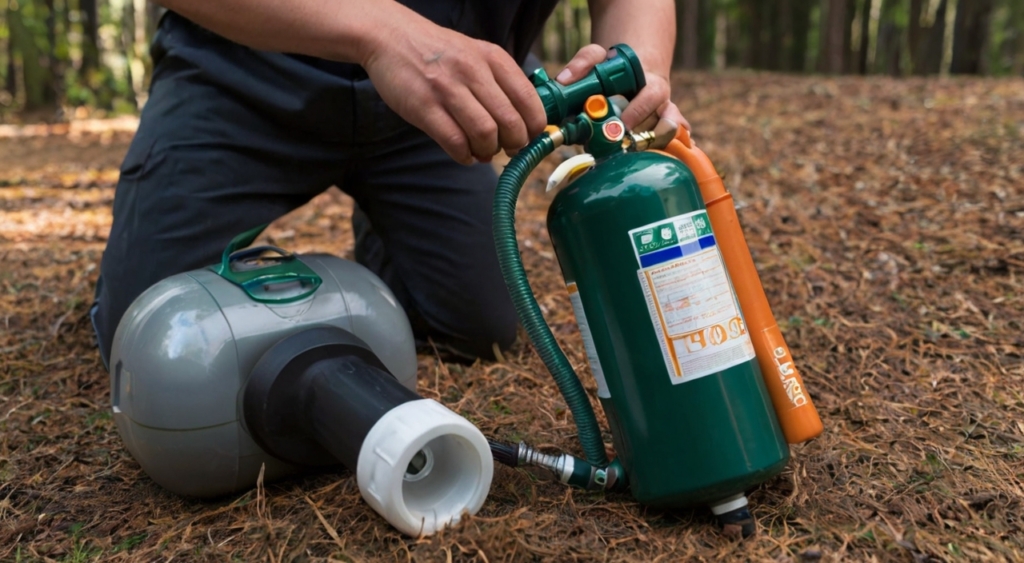

Important Note: This guide only gives you general knowledge. When using and caring for your portable oxygen tank, you should always do exactly what your doctor or healthcare provider says.
Before using your portable oxygen tank for the first time:
- Get trained: Your healthcare provider or a respiratory therapist will instruct you on the proper setup, operation, and safety precautions for your specific equipment.
- Ensure proper tank filling: Obtain oxygen refills from a licensed medical equipment supplier.
Here’s a general overview of the setup process:
- Attach the Regulator: Screw the regulator onto the top of the oxygen tank, ensuring a secure fit.
- Connect the Tubing: Attach the tubing to the designated outlet on the regulator.
- Attach the Delivery Device: Secure the nasal cannula or face mask to the end of the tubing.
- Adjust the Flow Rate: Turn the flowmeter knob to match the prescribed flow rate set by your doctor.
Important Safety Information
- Never smoke or allow open flames near your oxygen tank. Oxygen is highly flammable; even a small spark can ignite a fire.
- Keep your tank away from heat sources and direct sunlight. Extreme heat can cause the tank to rupture.
- Do not attempt to refill your tank yourself. Only trained professionals should handle refills.
- Be aware of your surroundings: Avoid bumping or dropping your tank, as it can damage the equipment and cause a leak.
- Carry your oxygen tank securely: Use a cart or bag specifically designed for portable oxygen tanks.
- Schedule regular checkups with your doctor: Your doctor will monitor your oxygen needs and ensure your equipment functions properly.
Traveling with a Portable Oxygen Tank
Traveling with a portable oxygen tank requires additional planning and considerations.
- Contact your airline: Airlines have specific regulations regarding the transportation of medical equipment. Always check with the airline in advance to inquire about their policies and procedures for oxygen use on board.
- Doctor’s note: Obtain a letter from your doctor stating your medical condition and the necessity for using oxygen while traveling.
- Extra oxygen supply: Pack enough oxygen, including potential delays, to cover your entire trip.
Frequently Asked Questions
How often will I need to refill my oxygen tank?
The refill frequency depends on the size of your tank, the prescribed flow rate, and how often you use it. Consult your doctor or healthcare provider for an estimated timeframe.
What should I do if my oxygen tank leaks?
If you suspect a leak, immediately turn off the tank valve and move away from the source. Contact your medical equipment supplier or healthcare provider for further instructions.
Can I swim or shower while using a portable oxygen tank?
No, water can damage the equipment and create a safety hazard. Always disconnect from your oxygen supply before bathing or swimming.



